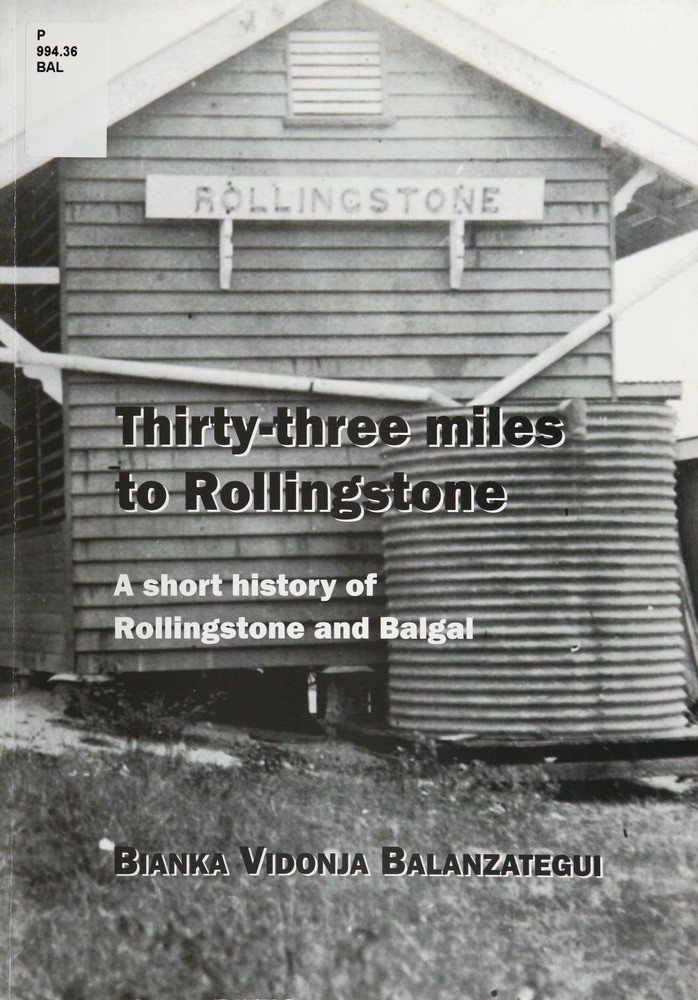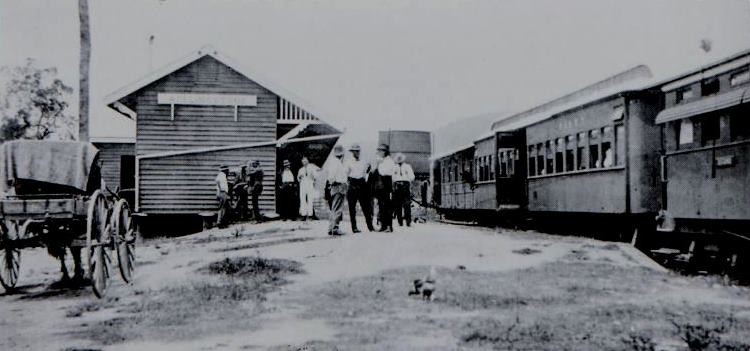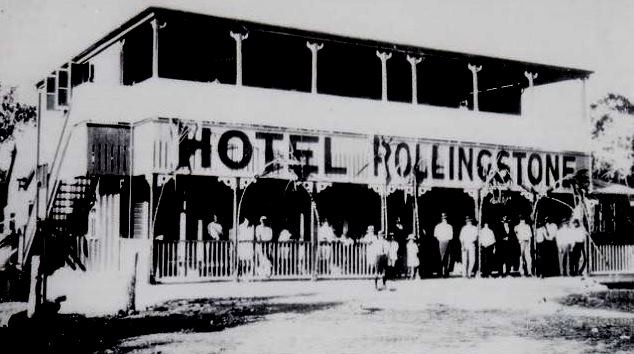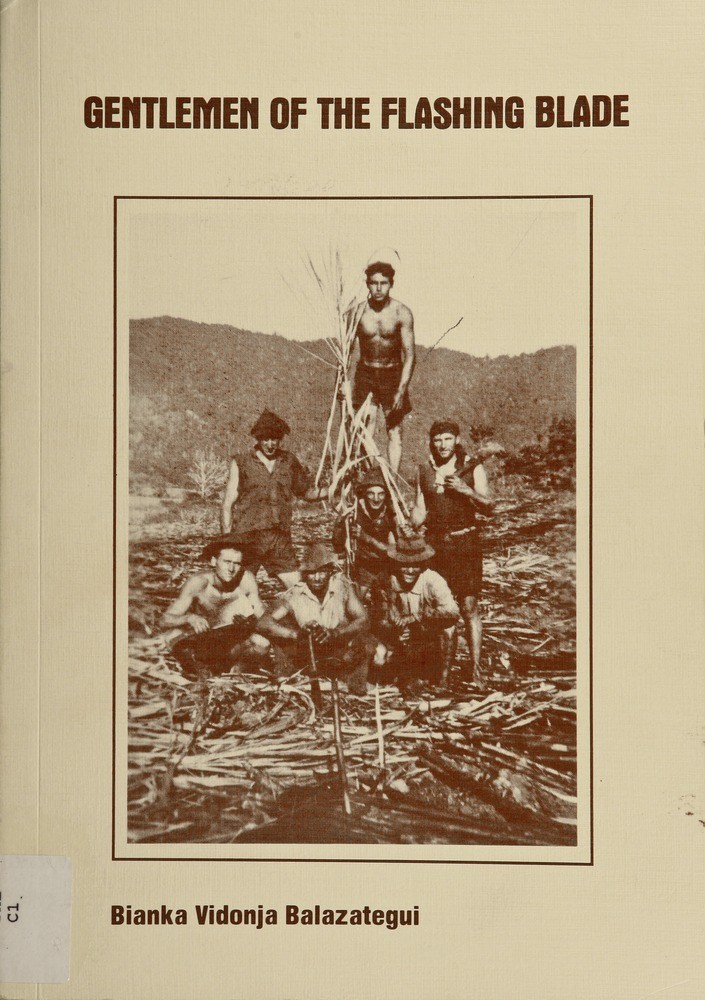Digitised @ SLQ: Thirty-three miles to Rollingstone
By JOL Admin | 12 September 2016
If you were to go hunting online for information about the small North Queensland township of Rollingstone - or the slightly larger adjoining coastal town of Balgal Beach - chances are you’d come across palm trees, a view onto a breathtakingly blue stretch of ocean, mention of resort facilities, tourism awards and camping.
It so happens that Rollingstone - or more specifically Rollingstone State School - is singled out for mention on the 2016 local history calendar of significant Queensland anniversaries. This year the school is celebrating its 100 year history and it’s a history given wonderful context and resonance by historian Bianka Balanzategui in her 2003 published book, Thirty-three miles to Rollingstone.

Thirty-three miles to Rollingstone / Bianka Vidonja Balanzategui Cover image The history of the Rollingstone State School is significant in that it reflects both the changing pattern of education in Queensland and the growth of the community which it continues to provide for. The school’s establishment ran parallel with, and was largely driven by, the construction of the North Coast railway. The children of railway workers working on the line swelled the local population of school age children who had to this point attended a temporary or travelling school. The demand for a permanent school was given new impetus upon the completion of the line to Rollingstone in 1915.
Suitable land was gifted by local hotel keeper Mrs Isabella Fitzpatrick and the Rollingstone State School opened its classrooms on 4 September 1916 with an enrolment of 28 children. A pattern of development is woven through the history: it is evident that the opening of the railway line facilitated communication, made it possible to travel and broke down the community’s isolation. Permanent settlement in turn became a more desirable prospect on the basis of the newly acquired assets of school, railway line and at some point, a mail coach which stopped there overnight on its journey between Townsville and Ingham.

Rollingstone Railway Station, 22 March 1922. Source: Paluma Album, Thuringowa Photographic Library Collection.
Bianka has written about Rollingstone’s earliest inhabitants, the first leasehold in 1868, the pioneering settlers and families who influenced the town’s development and whose identity is immortalised in its street names. She has traced the development of the North Coast railway, the impact of a coastal road, the landmark Rollingstone (formerly Armidale) Hotel which began its life as an isolated “bush hotel”, ably managed in the 1920s and early thirties by the remarkable aforementioned businesswoman and one time local councillor, Isabella Fitzpatrick. It is a story affected in particular by World War 11, the high drama of air raid shelters, beach patrols and observation posts, the encampment of American troops. And it is also the story of a community life governed by the vicissitudes of climate events, by the wider economy and the circumstances of development elsewhere in the shire of Thuringowa, factors which influenced earlier attempts to establish a sheep and cattle industry, the spread and eventual decline of sugar cane farms, the qualified success of tropical fruit growing and market gardening.

The Hotel that Isabella built! Opening Day, 1922. Source: Rollingstone Historical Society Inc.
The research underpinning this history is highly relevant in terms of its scope and detail and is an important contribution to our understanding of how communities evolved in far North Queensland. This is a story of “a quiet little community”, by-passed by today’s north coast highway and enticingly off the beaten track, a community whose history has much in common with those of other smaller communities in north-east Queensland.
Thirty-three miles to Rollingstone is one of five excellent histories offered by Bianka for digitisation under the auspices of State Library’s Community Heritage Digitisation Offer. These works, all of them based on extensive local research, are an invaluable resource for anyone with an interest in the history of far North Queensland, immigration or the sugar industry and State Library is very pleased to be adding them to the digitial collections of the John Oxley Library. The other digitised titles are Gentlemen of the Flashing Blade, The Herbert River Story, O’Meara’s Vineyard and Portrait of a Parish. As sources of unique content these histories very effectively demonstrate the value of the digitisation initiative - which is, that an impressive research effort can now be shared with a hugely expanded online readership.

Gentlemen of the Flashing Blade / Bianka Vidonja Balanzategui. Cover image If you have authored a book which is substantially about the history, culture or development of Queensland there is a high likelihood that it is held in the John Oxley Library collection. If your work has not been digitised and exists only in a physical format – and you are the copyright holder – you may want to consider its suitability for State Library’s Digitisation Offer. Details about the Community Heritage Digitisation Offer, an application form and a list of FAQs are available on State Library’s website. This is an opportunity both to contribute to the building of Queensland’s digital documentary heritage and to give your publication a new lease of life by making it available to a broad online community of researchers and interested readers.
Libby Fielding, Queensland Memory, State Library of Queensland
Comments
Your email address will not be published.
We welcome relevant, respectful comments.